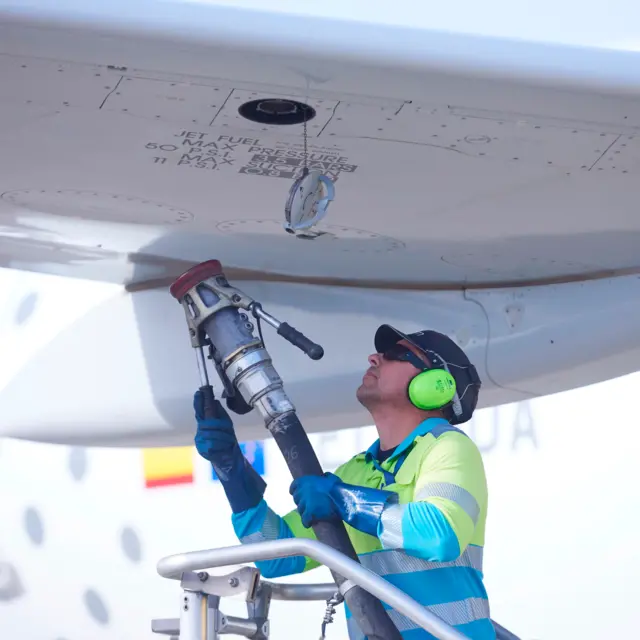The barriers to jet zero
Electric vehicles are playing a key role in moving car transport to Net Zero. Unfortunately, they can’t play the same role in aviation.
Electric batteries just can’t store enough power and stay light enough for middle- to long-distance air travel. This is a key barrier to jet zero, as 80% of aviation emissions come from flights of more than 1,500km.
Infrastructure is another barrier. The global aviation fleet currently stands at around 27,000. Implementing any solution other than a liquid fuel alternative to fossil jet fuels would mean changing all engines in this fleet. Airports would also need to completely overhaul their infrastructure.




